
PRINTMAKING
 |
 |
 |
 |
 |
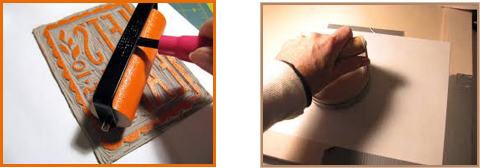 |
 |
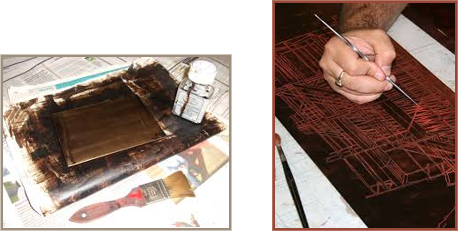 |
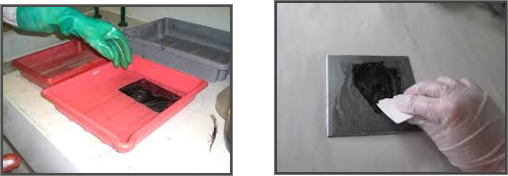 |
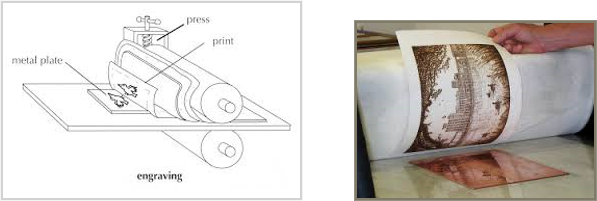 |
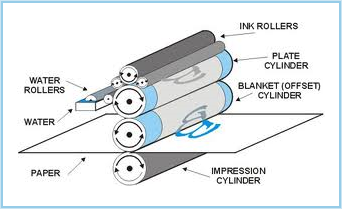 |
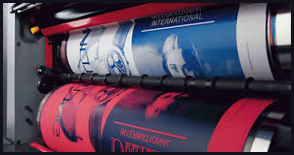 |
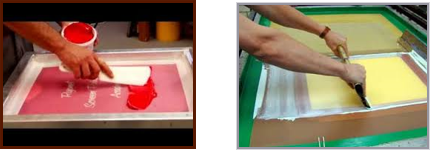 |
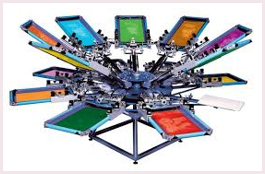 |
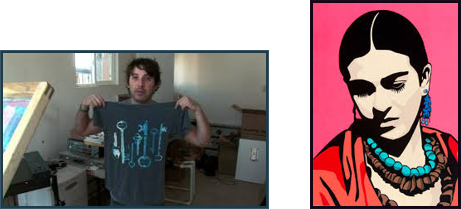 |
| PROJECT #1 – POTATO PRINTS In this project, you will create great looking prints with stamps made from potatoes. Click here to view the step-by-step guide on “How To Make Potato Stamps & How To Create Potato Prints." For a printable version, click on the PDF. After experimenting with the technique a bit, you need to make a card and wrapping paper for whatever holiday or occasion you wish. If you don’t have cookie cutters, you can cut out your own design using a small kitchen knife. PLEASE BE SURE TO ALWAYS HAVE AN ADULT SUPERVISE OR HELP YOU WHEN USING A KNIFE!! |
| PROJECT #2 – SPONGE PRINTS In this project, you will create a sponge print. Click here to view the step-by-step guide on “Sponge Painting." For a printable version, click on the PDF. After experimenting with the technique a bit, you need to make a print with an underwater theme. Be creative. Add several different shapes of fish, sea life, seaweed and other things you might see in the ocean. |

Below are additional educational resources and activities for this unit.